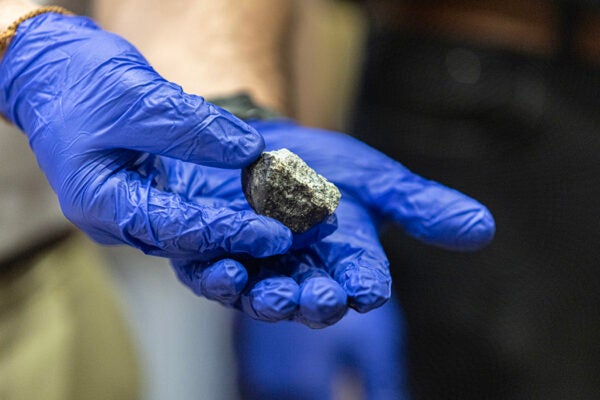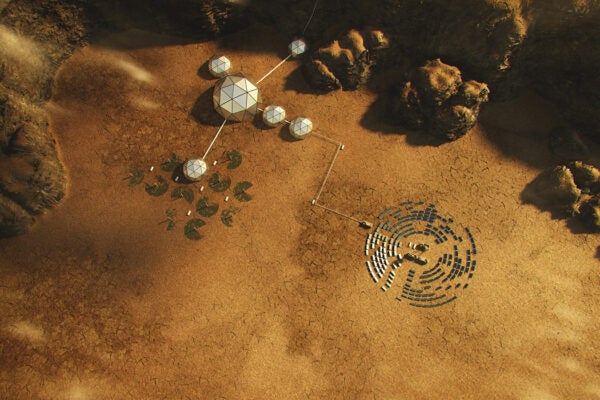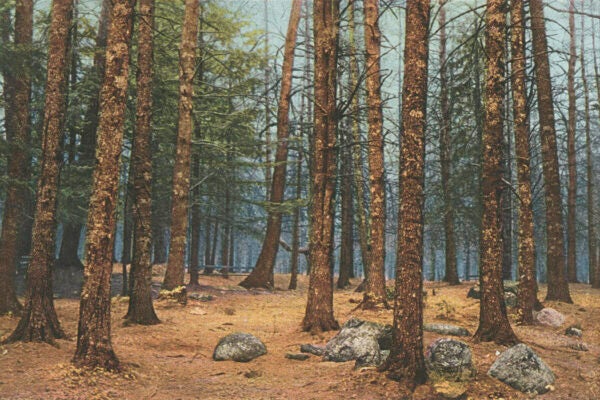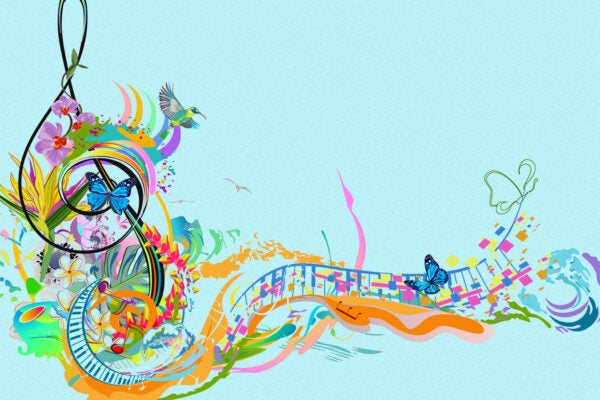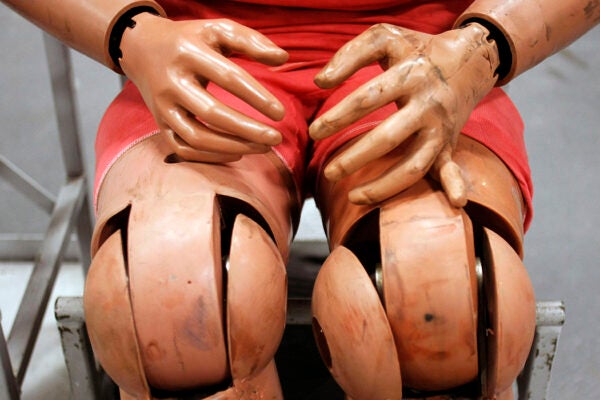NASA’s Europa Clipper
The spacecraft will investigate whether an icy moon of Jupiter can support alien life.
In the Stereoscope, Another World
Developed in the nineteenth century, the stereoscope gave people a new way of seeing themselves and the world around them.
Snowball Earth
How scientists discovered that unique Scottish rocks record when Earth was first encased in ice.
Meteorite Strike in South Africa
Scientists offer clues about what it is and where it came from.
Astronomers Have Warned against Colonial Practices in the Space Industry
A philosopher of science explains how the industry could explore other planets without exploiting them.
Tree of Peace, Spark of War
The white pines of New England may have done more than any leaf of tea to kick off the American Revolution.
Who Patented Patent Leather?
This history of patent leather is as murky as its finish is glossy.
The “Soundscape” Heard ’Round the World
The rich origins of an everyday word about everyday sound—and why we celebrate composer R. Murray Schafer on World Listening Day.
Staying Cool: Helpful Hints From History
Take a look back at how others have survived—and thought about—the high heat of summer.
Designing the Dummies
The science behind using crash test dummies to determine the effects of car crashes on the human body only dates to the 1960s.



